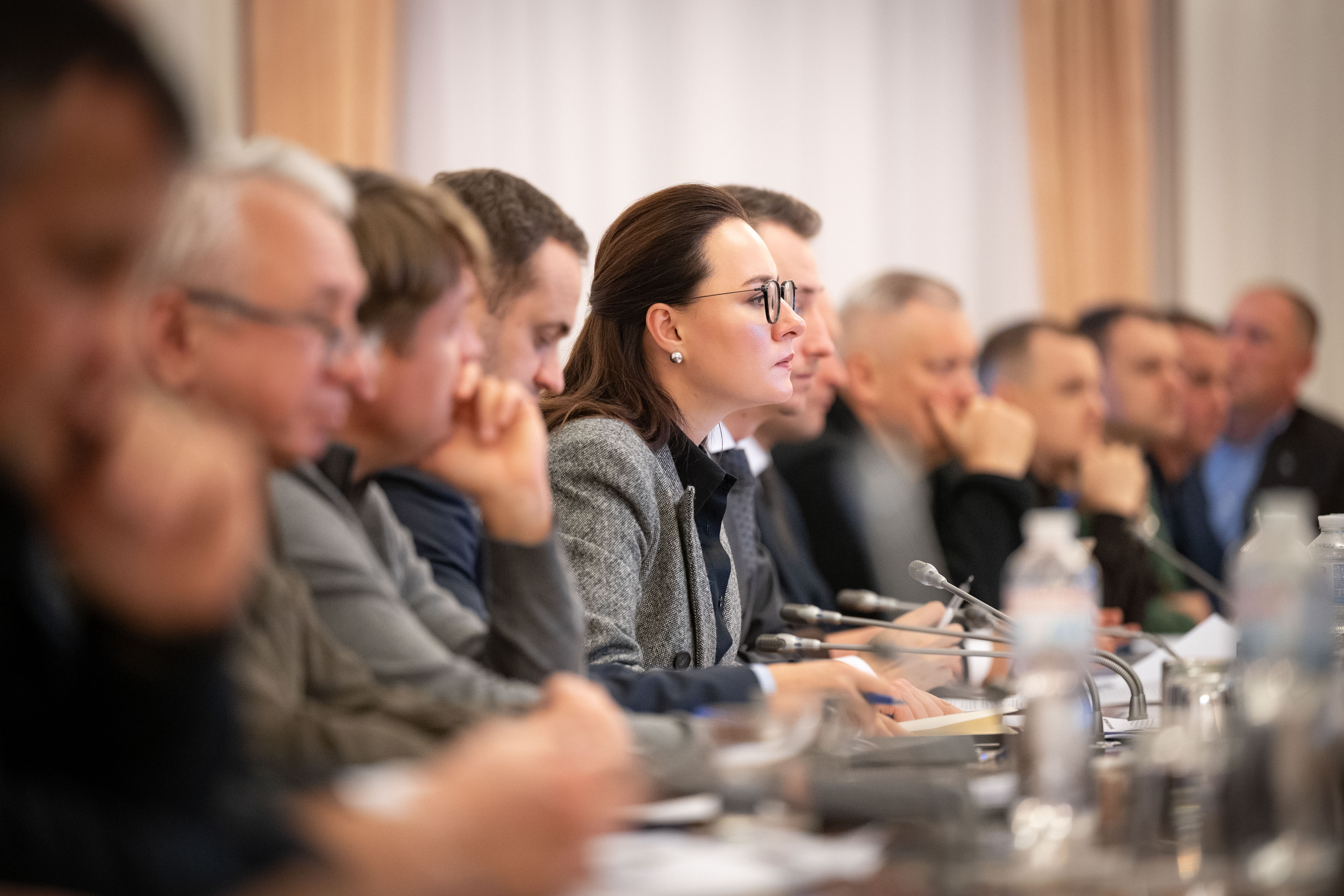Ukraine’s Government Action Program 2025–2026: Building a Resilient State Through Defense, Reforms, and European Integration

After presenting its 2025–2026 Government Action Program, Kyiv signals to the world that it is not only defending its sovereignty but also reshaping itself into a modern European state.
The presentation of the new government action program by Yulia Svyrydenko became an important signal for both Ukrainian society and international partners. The document, which outlines the government’s priorities for 2025–2026, demonstrates that even in the most challenging conditions of war, Ukraine is capable of thinking strategically, planning systemic reforms, and implementing forward-looking policies. For the West, this is a message: support for Kyiv is not only an expense to counter Russia but also an investment in the security and modernization of all of Europe.
Defense Industry and Security Sector as the Foundation of State Strategy
The program’s top priority is defense, and this is no coincidence. Ukraine is transitioning from a survival mindset to the systematic development of its defense-industrial complex. The Danish model envisions direct investments by partners in production facilities within Ukraine, as well as the creation of joint ventures with global players – from Rheinmetall to BAE Systems.
In essence, this lays the foundation for a new industrial policy where the defense sector becomes a driver of economic growth. The concept of “Defense City” demonstrates that Ukraine is ready to create production clusters with all the necessary infrastructure, workforce, and logistics. For Western partners, this guarantees long-term demand for their technologies, while for Kyiv, it is a path to sustainable military-industrial autonomy.
European Integration Transforms from a Slogan into a Concrete Negotiation Timeline
The second pillar of the program is European integration. By the end of 2025, Ukraine plans to complete the adaptation of its legislation to the acquis communautaire across six clusters and be ready to officially start negotiations. This ambitious timeline shows that Ukraine is not only fulfilling formal obligations but is also capable of moving faster than expected in Brussels.
The synchronization of anti-corruption policies and digital services with European standards will be of key importance. Initiatives such as e-Court or e-Excise serve not only as tools to combat corruption but also as languages of trust that are understandable to European institutions. For the EU, this is proof that Ukraine is integrating into the Union’s legal and economic environment even under shelling.
Social Block: Ukraine Responds to War Challenges and Long-Term Changes
The program places particular emphasis on social policy. Its focus on internally displaced persons, families with destroyed homes, and support for young families shows that the government is striving to combine reconstruction with the restoration of the social contract. The compensation program for over 320,000 families by 2026 and the launch of “e-Nursery” and “e-Kindergarten” are not merely humanitarian gestures but also a strategy for demographic stability.
The new Code of Laws on Defenders and comprehensive veteran support programs create a foundation for reintegrating those who have served on the front lines into civilian life. Western partners, who fund a significant portion of these programs, see this as an example of a society modernizing through war.
Economic Priorities Approved: From Macro-Financial Stability to Investment Funds
The program’s economic block demonstrates a balance between fiscal discipline and investment stimulation. The government plans to attract $37.4 billion from partners for 2026–2027, which will be the largest macro-financial support package in the country’s history. Alongside this, an audit of public expenditures and measures to combat the shadow economy are planned.
For investors, the launch of joint investment funds with the EU and the US, as well as a promised five-year moratorium on business inspections, are of particular interest. Combined with the “Made in Ukraine” program worth 55 billion hryvnias, this creates an environment where private capital can not only operate but also scale. Symbolically, the privatization of sanctioned assets is also part of the plan, opening opportunities for new players to enter the Ukrainian market.
Human Capital as the Foundation of Recovery
The sections dedicated to education, science, healthcare, and culture demonstrate that the government is thinking long-term. The establishment of hundreds of mental health centers and rehabilitation programs, funding for ScienceCity, and support for creative industries are efforts to shape not only the economy but also the society of the future. These projects show international partners that Ukraine is not limited to short-term tasks but is working on systemic modernization. In a sense, alongside “Defense City,” an “Education City” and a “Culture City” are being formed – a new infrastructure for human capital development.
The government’s action program for 2025–2026 is a political signal to the West: Ukraine is not only fighting but also transforming. It conveys a clear logic: defense ensures survival, reforms build trust, and European integration creates new opportunities. This combination makes supporting Ukraine a rational investment in the security and transformation of all of Europe. Kyiv demonstrates that it is shaping a new political and economic architecture, in which the roles of investors and partners are already defined.
Igor Popov, head of United Ukraine Think Tank, expert on political and security issues